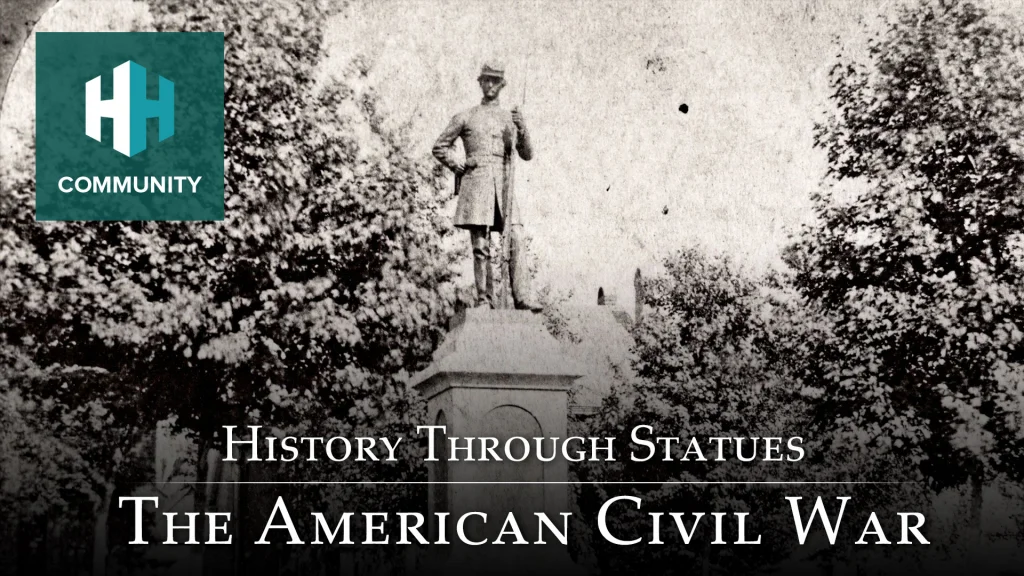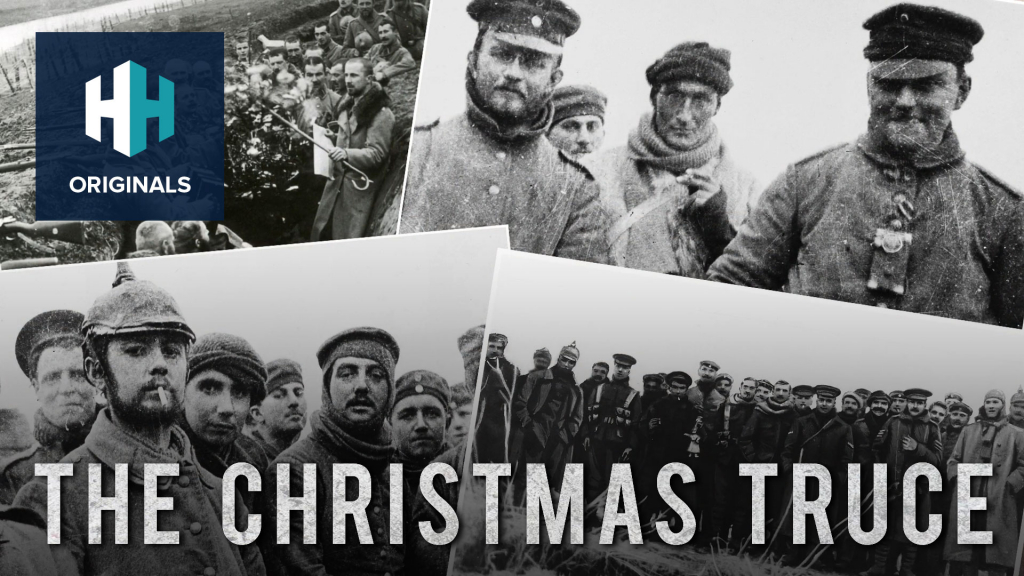

Ever since the first photograph was taken by Joseph Nicéphore Niépce in 1825, people have gravitated to the photographic image as a tool with immense power. Able to show a single moment in time, it would come to change history, the way we think about it, how we learn from it, and most importantly, how we remember it. Nowhere is this more true than in the great conflicts of the 19th and 20th centuries, and more specifically World War One.
When photographers went to war
From the first images of war with the Mexican-American conflict in 1847, photographs were largely taken before or after the fighting had happened. Photographers like Roger Fenton and Matthew Brady who captured images of the Crimean War and the American Civil War were limited to what they could capture, as lengthy exposure times and cumbersome equipment needed for their plate cameras would have put them at much greater risk if they had ventured out into the fray of battle.
 Watch Now
Watch NowThe resulting images therefore were largely of soldiers posing for the camera before the fighting began and those taken only hours later, showing those same men, now dead or battle wearied, surrounded by the destruction they had witnessed.
So what about the capturing fighting itself? Without photographic evidence, the written word was left to record the key details of battles, just as it always had done. This helped maintain the belief of the time that images of this kind were merely “illustrations…rather than influential artefacts in their own right”. But at the dawn of the 20th century all of this was about to change, with the beginning of the war to end all wars.
World War One: seeing combat for the first time
By the time World War One began in 1914, photographic technology had come on leaps and bounds from Fenton and Brady’s day. Cameras were smaller and cheaper to produce, and with much faster exposure times they had begun to hit the mass market. One of those manufacturers leading the way was the American company Eastman Kodak, who had made one of the first compact ‘vest pocket’ cameras.

The Kodak Vest Pocket (1912-14).
Image Credit: SBA73 / Flickr / CC
First sold in 1912, these vest pocket cameras became extremely popular among soldiers and photographers in 1914, and despite strict censorship rules prohibiting anyone from carrying cameras many men still wanted to record their own experiences on the front.
Capturing images of trench life, men going over the top, and the death, destruction and relief that defined the faces of those around them, they changed photography and people’s understanding of war forever. Never before had so many images like these been taken, and never before had people on the home fronts been able to see these realities as frequently as they did during this time.
Censorship
Naturally, with these photographs making their way into print and the public consciousness, the British government was irritated. Still trying to recruit men and keep the nation contributing to the war effort, these images undermined their ability to control the messages that the public received, and to downplay or deny events that were damaging to public confidence.
Take for example the Christmas Truce of 1914. With stories filtering back to Britain of the famous 1914 truce, the government attempted to limit severely damaging ‘reports’ and dismiss them out of hand. However photos like these, which had once ‘illustrated’ these stories were now the story themselves, immediately providing the truth, the denial of which was impossible.
 Watch Now
Watch NowThis, along with consistent reporting and a relaxing of government censorship, began what has come to be known as the “quintessential modern experience”, with the ability to see war on a daily basis, whether it be on the doorstep or in the home, to be talked about and debated continuously.
The power of propaganda
But while the British government was getting to grips with the photograph’s ability to remove their control, their German counterparts were learning how it could reinforce it. Immediately forming a group of civilian photographers at the outset of war in 1914, the German Kaiser generated a steady flow of carefully arranged images that supported his own personality cult and heroic images of his men on the front line.
The British meanwhile came to realise the potential of these images in later on, with more pictures of heroic scenes on the battlefield and workers at home dutifully contributing to the war effort making their way into the now cooperative press.
It’s all in the edit
However, heroic images weren’t always easy to come by. With an increased need for dramatic images, photographers like Frank Hurley and others began to use composite or staged images to create the aura of war and a feeling of patriotism within the viewer.

Manipulated photograph by Frank Hurley consisting of several photographs from the Battle of Zonnebeke in Belgium during the first World War.
Image Credit: State Library of New South Wales / Public Domain
Take the above picture by Hurley. A composite of 12 different images shot from the same location, he tried to capture the full experience of the battlefield for the viewer, something that would have been impossible to get in one frame.
But in showing a version of war, composites and staged photos like these began to raise questions of historical accuracy, with some photographers like Ernest Brooks changing his view on his earlier staged photos, seeing the photograph not only as a carrier of information, but as a tool of remembrance.
Reconnaissance
Moving away from the propaganda, the storytelling and the emotive images of the battlefield, photography had one more crucial part to play in the war effort; aerial reconnaissance. Able to supply military units with vital information, photographs could record the exact locations and shapes of the enemy line, without the need for written words or spoken communication, helping units understand and act with certainty.
The images they produced were so vital that the Royal Flying Corps established its very own school of aerial photography in 1916, with aerial reconnaissance missions actually preceding military aviation itself. With photography being seen as the only positive use of aircraft in war, the first fighter escort aircraft were deployed to protect reconnaissance aircraft and not attack the enemy themselves.
On a broader scale these reconnaissance photos alongside those taken in the trenches and back home, not only captured this crucial turning point in history, they advanced human understanding itself. They provided a new viewpoint from which to see the world and our place within it, both literally and metaphorically. And at the start of a new century, the camera changed everything.













